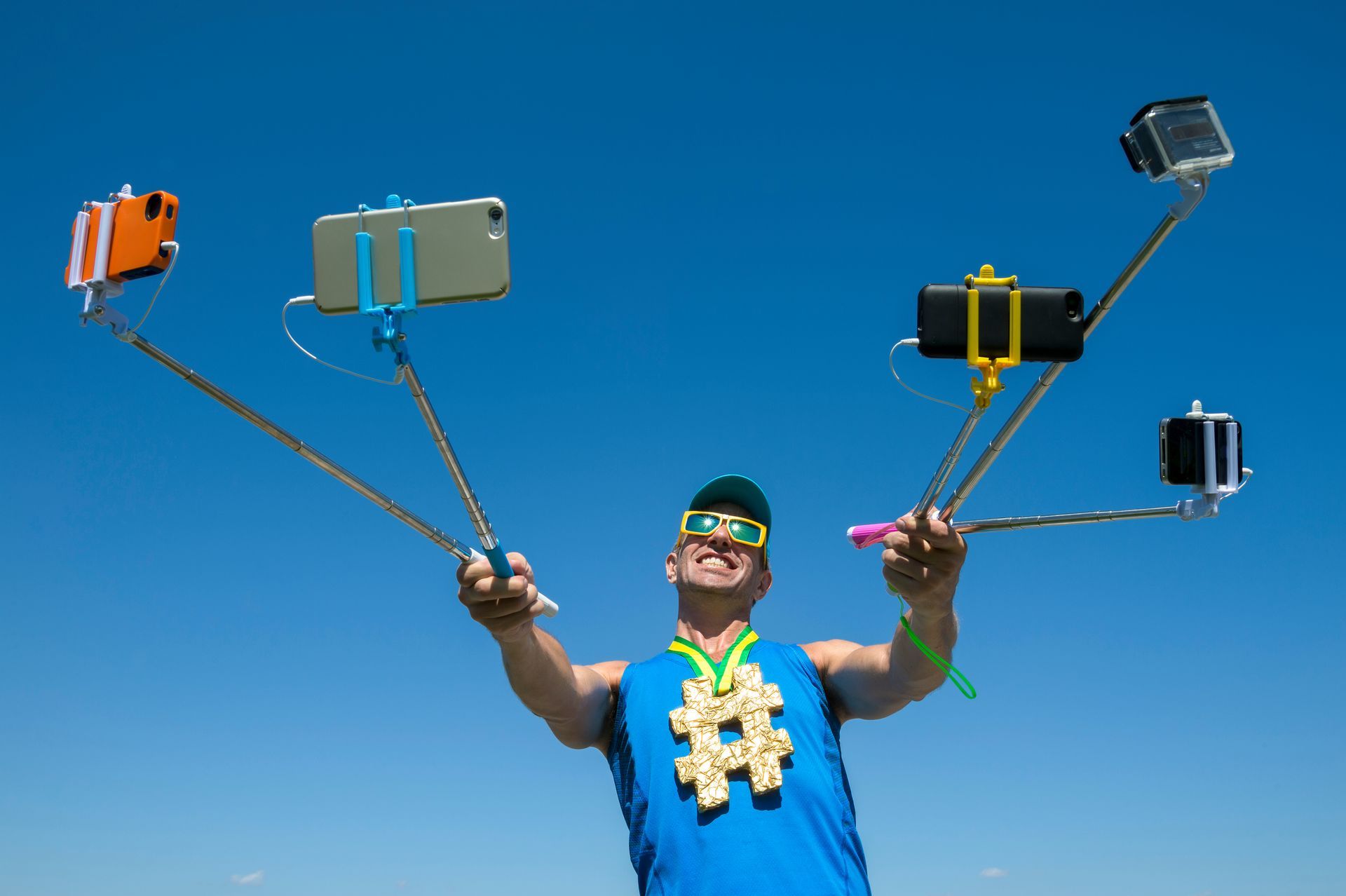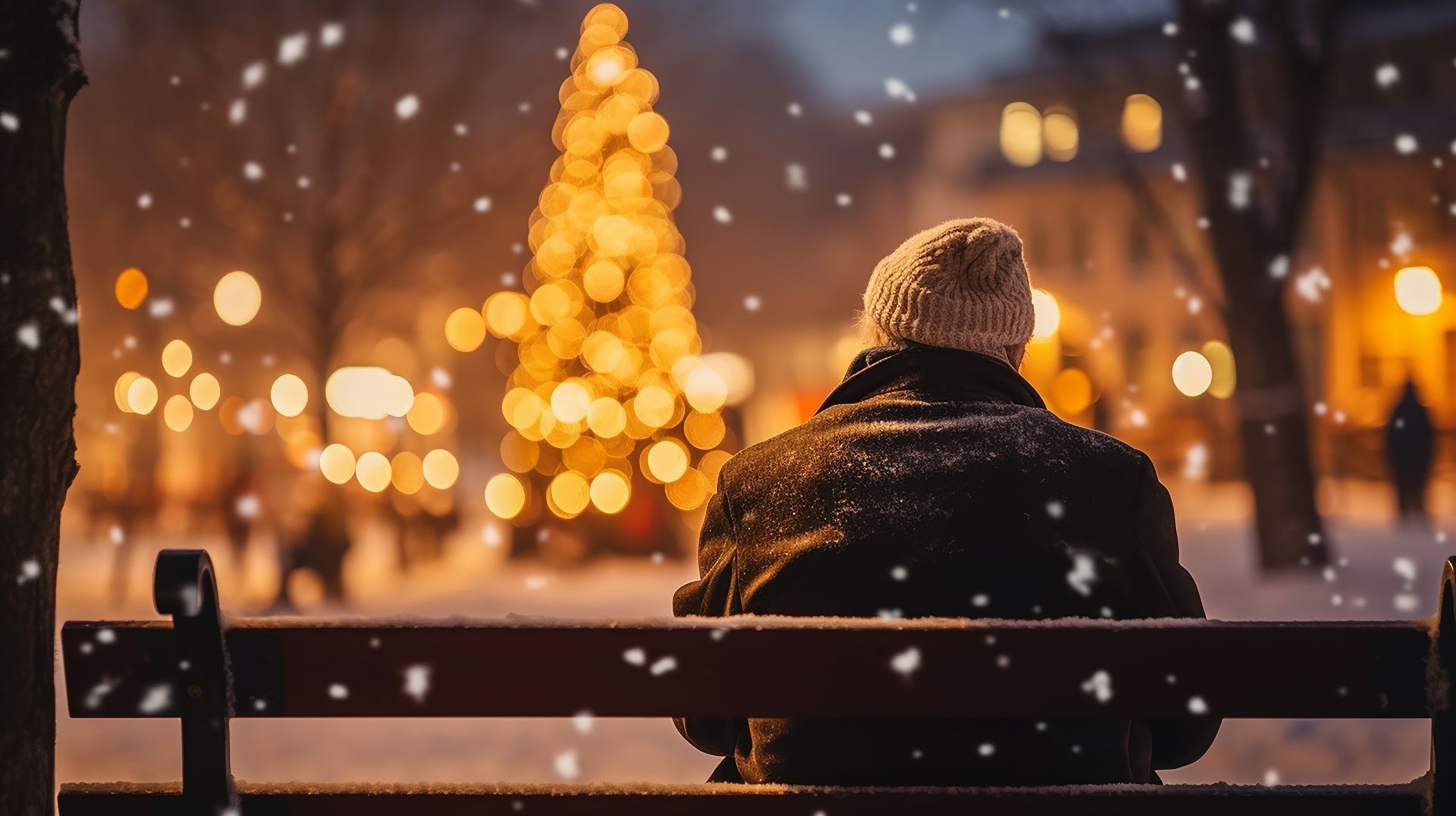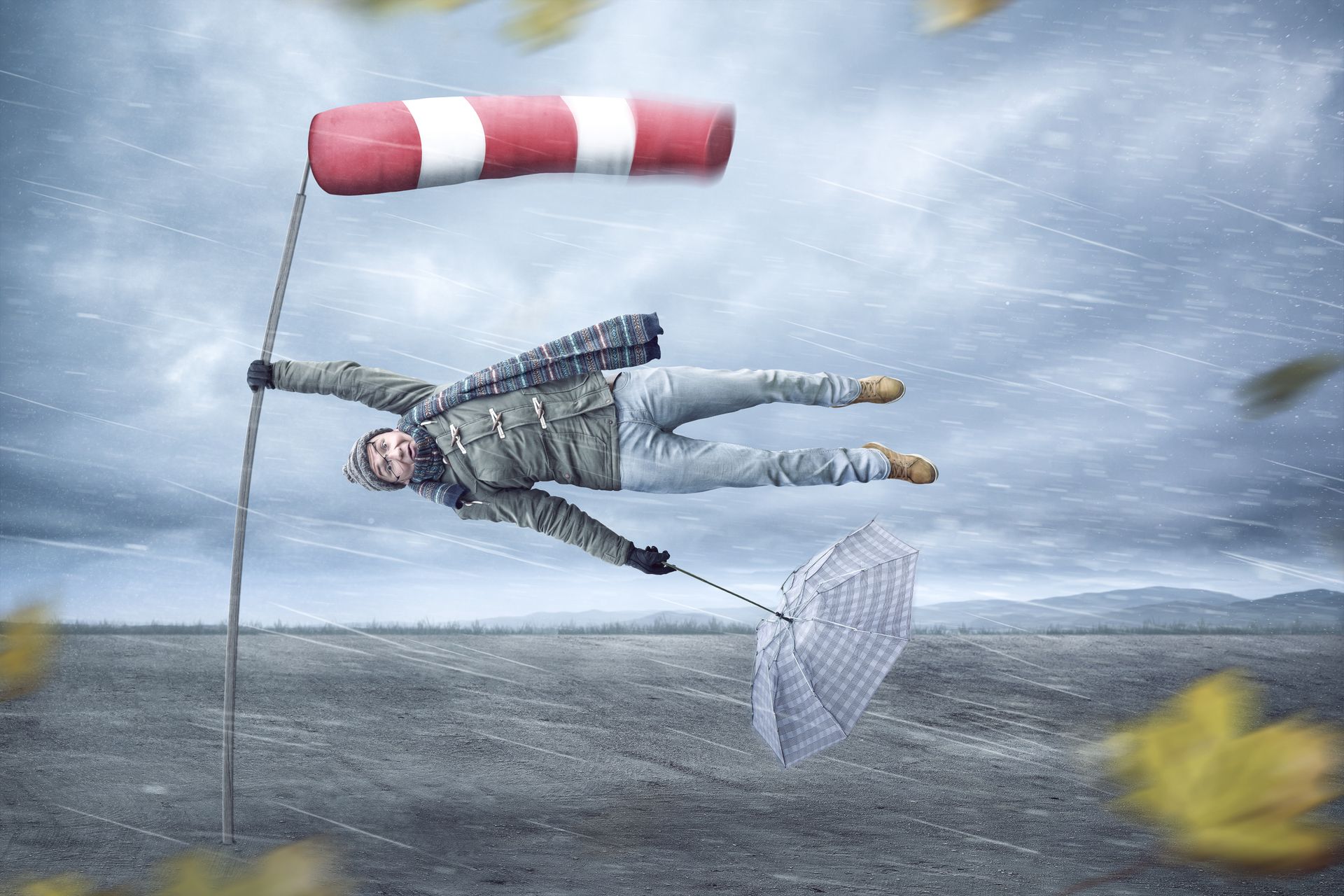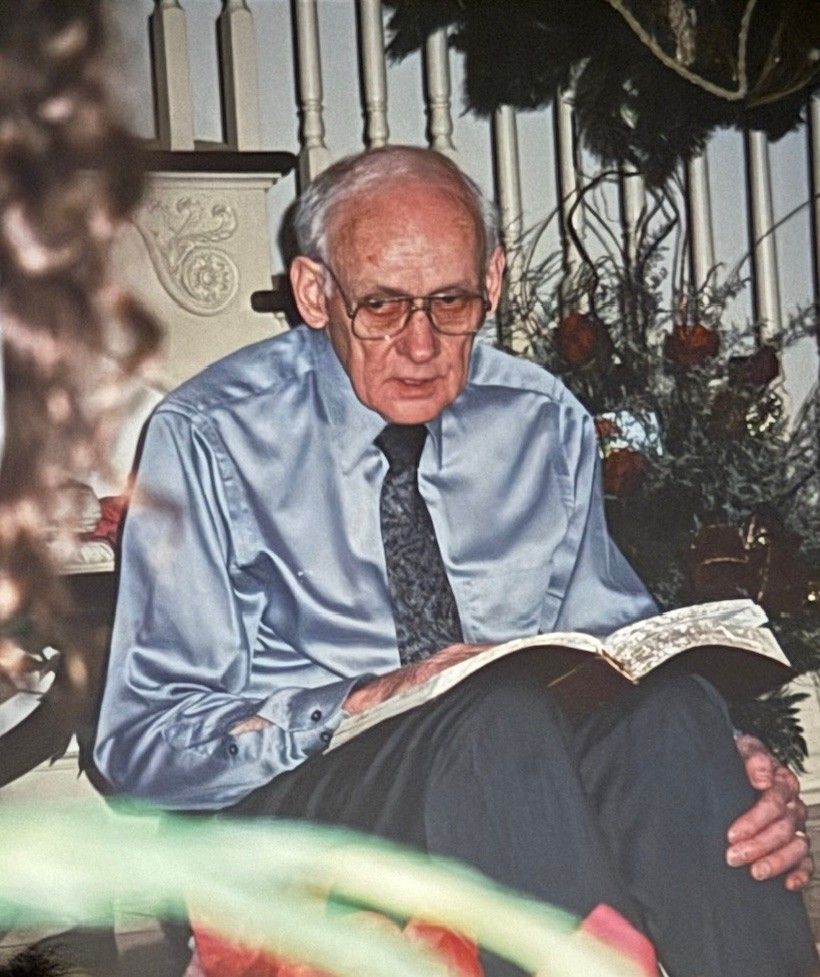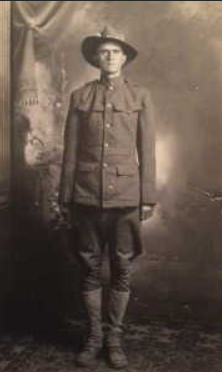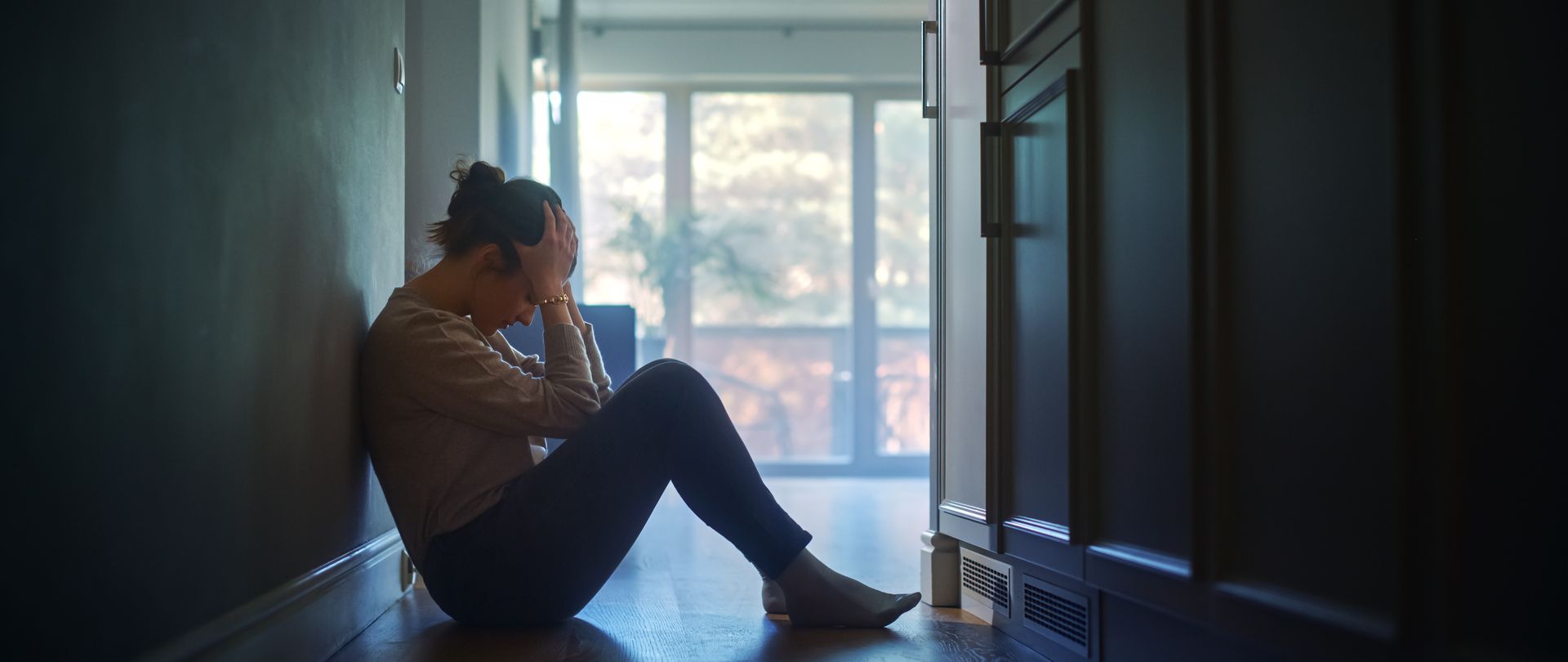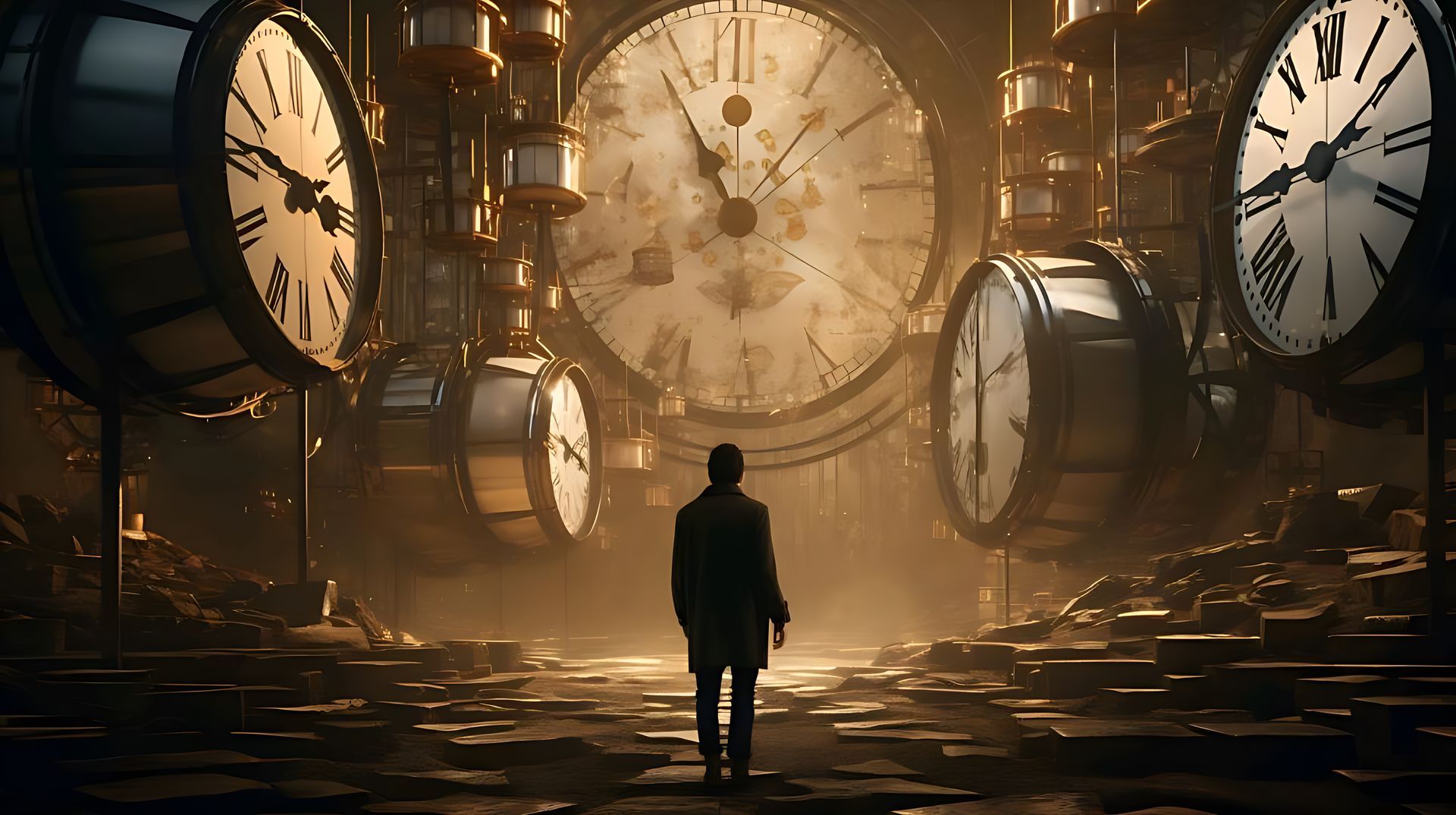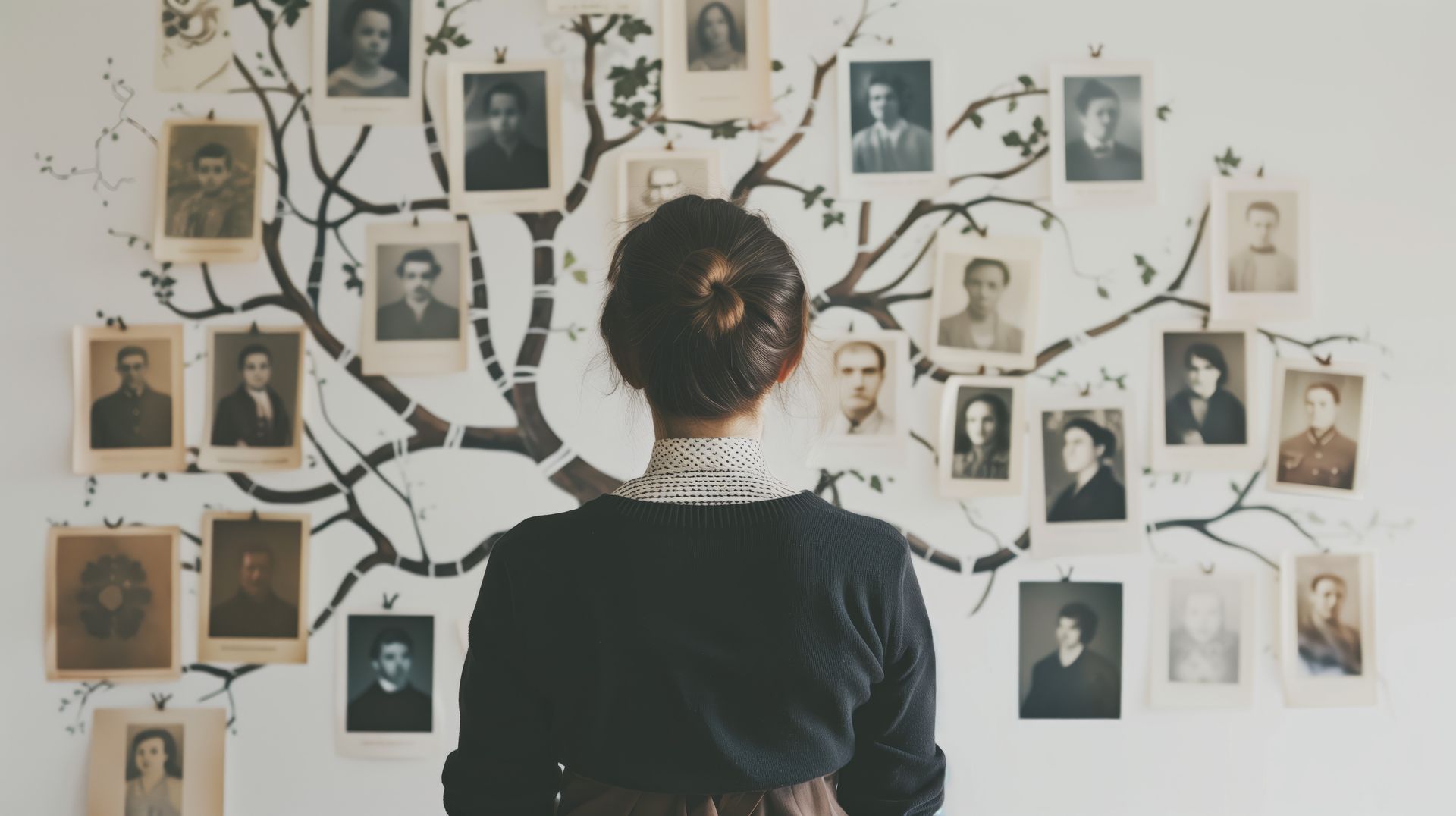The crowd was tremendous, numbering in the tens of thousands, and all willing to wait the almost eight hours it could take to reach their destination. And the vast majority of them came armed with cell phones and the occasional selfie stick.
Such was the public viewing of Pope Francis following his death on April 21st. And despite the solemn nature of the occasion, the initial visitation opened to a sea of people . . . and hundreds of cell phones floating above the crowd in an effort to get the best picture possible before approaching the casketed body of the Pope. Even then, as the line slowly passed by his remains, people stopped and posed with the deceased. At least as much posing as there could be, given he was lying approximately ten feet away. One “influencer” even snapped a picture of herself smiling into the camera with the Pope’s body in the background then promptly posted it to Instagram. Oh, and there were the videos uploaded to TikTok that showed the people taking selfies with the Pope . . . so if you didn’t post your selfie there’s a good possibility a video of you taking it was.
Come Thursday morning, the Vatican was requesting no photographs be taken in response to the criticism they received for not limiting the practice the previous day. Those who had come to truly pay tribute to the man who led the Catholic Church for 12 years were dismayed at the lack of respect and appalled by the blatant “tourist attraction” the event seemed to have become. Their moments of reflection were often interrupted by those vying for the best position from which to snap their selfie. But as a representative of the Vatican put it, “It would be good if people could try and remember where they are and have a little respect but there's little else that can be done.”
And therein lies the issue of today’s post. “It would be good if people could try and remember where they are and have a little respect . . .” All too often that seems to be something missing from today’s mourning, especially if a well-known person has died. When Death comes to call it’s as if the rules of civility are fair game for an Immediate Burial. Families may feud, people may be banned from the events for reasons that are more petty than practical, and photographs that should probably never see the light of day are made under the guise of grief when their true purpose is far from innocent.
It isn’t just the famous who generate such behavior. There have been times, even in our own communities, when pictures have been made by people who did not have the right to do so, then shared online or with their friends. Each time the privacy of the family was never a concern. Each time it was about the person making the picture, not the person whose picture was made. And each time it was just as disrespectful and appalling—and in some cases, illegal—as it was with the actions of those attending the viewing for Pope Francis.
The Vatican’s representative had it right when he suggested folks should remember where they are, and that respect is a commodity to be valued when someone has died. For most of us, that isn’t an issue. But it certainly doesn’t mean family members don’t have picture-making privileges or shouldn’t take advantage of everyone being together for a group shot. But for those who struggle with determining the appropriate time and place for a photography session, maybe we should try letting the dead rest in peace by resisting the temptation to snap that selfie by the casket or sneak a photo to show our friends. Just keep your ever-present camera in your pocket or purse (or better yet, leave it in the car) so you can “focus” on the grieving family instead of the dearly departed.
About the author: Lisa Shackelford Thomas is a fourth-generation member of a family that’s been in funeral service since 1926 and has worked with Shackelford Funeral Directors in Savannah, Tennessee for over 45 years. Any opinions expressed here are hers and hers alone and may or may not reflect the opinions of other Shackelford family members or staff.


